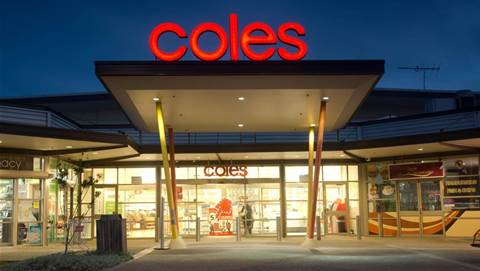The private equity market saw historic growth in 2021, setting a new deal value for $1.1 trillion in buyouts.
According to a recent report by Bain and Company, Covid sped up momentum in the private equity market, aside from three months in early 2020, as pandemic related stimulus lead to a surge in deals, and growth equity and venture also saw massive increases.
“At a macro level, public and private investors have benefited mightily from the trillions in monetary stimulus that central banks have pumped into the global economy since March 2020 to combat the effects of Covid-related shutdowns,” the authors report.
Last year will be recognised as the second-best fund raising year in history for general partners (GPs) with North America leading in transactions, spending $537 billion — almost equivalent to 2020’s global total of $577 billion.
Since Q2 2020 when Covid first hit, the quarterly private equity market performance has trended upwards in terms of the buyout deal value, exit value and capital raised.
According to the authors, “The burst of liquidity has not only shored up portfolio companies wrestling with erratic demand and supply chain issues, but it has also ensured that debt to fund buyouts remains abundant and cheap.”
Cheap debt and huge unspent capital led to the biggest funds reaping the most return.
However, surprisingly while the average deal size grew to $1 billion last year, the deal count dropped to below 2019 levels.
“For those close to the private equity industry, however, this data point will run counter to what they feel in their bones — that the frenzied number of deals done over the past year was anything but average.”
The authors believe that the drop in deal count comes as a result of a change in investor behaviour. The biggest money was spent in technology funds and sectors including fintech and healthtech, as well as in subasset classes including growth equity, infrastructure and secondaries, which are excluded from the deal count numbers.
“The appetite for diversification has led investors to pump capital into areas they never would have considered in the past,” the authors said.
“New funds have sprung up to serve them, and older ones — particularly the large, diversified buyout funds — have pivoted accordingly."



.png&h=140&w=231&c=1&s=0)







 iTnews Executive Retreat - Security Leaders Edition
iTnews Executive Retreat - Security Leaders Edition












_(1).jpg&h=140&w=231&c=1&s=0)



